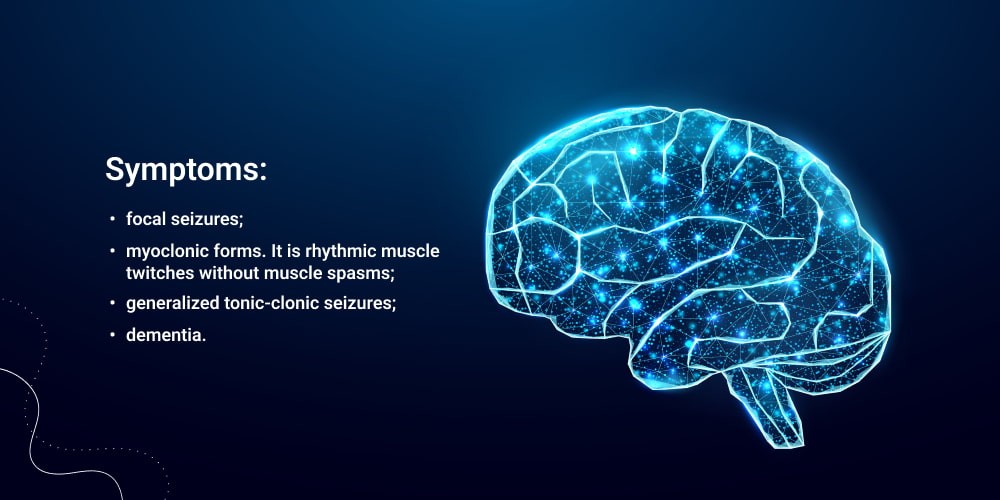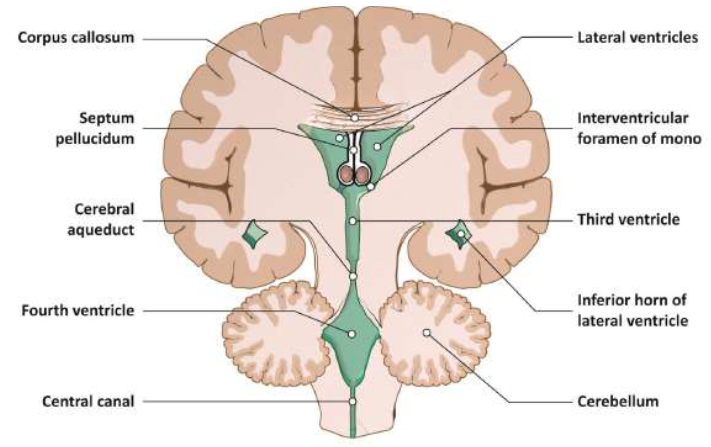Nursing Paper Examples on Behcet’s Disease: Understanding a Complex Disorder
Nursing Paper Examples on Behcet’s Disease: Understanding a Complex Disorder
Causes of Behcet’s Disease
Signs and Symptoms
Etiology
Behcet’s Disease is a complex disorder with an intricate etiology involving a combination of genetic, environmental, and immunological factors. While the precise cause of Behcet’s Disease remains unclear, several hypotheses have been proposed to elucidate its underlying etiology.
Genetic Predisposition: Genetic factors play a significant role in Behcet’s Disease, with evidence suggesting a genetic predisposition to the condition. Certain genetic markers, particularly variations in the HLA-B51 gene, have been associated with increased susceptibility to Behcet’s Disease, particularly in populations with a higher prevalence of the disorder. However, the inheritance pattern of Behcet’s Disease is complex and likely involves multiple genetic factors interacting with environmental triggers.
Environmental Triggers: Environmental factors are thought to contribute to the development and progression of Behcet’s Disease by triggering immune dysregulation and inflammatory responses in genetically susceptible individuals. Infections, particularly viral and bacterial pathogens, have been proposed as potential environmental triggers due to their ability to stimulate the immune system and initiate inflammatory cascades. Additionally, environmental factors such as dietary components, smoking, and climatic conditions may influence disease susceptibility and severity.
Immune Dysregulation: Behcet’s Disease is characterized by dysregulation of the immune system, leading to abnormal immune responses and chronic inflammation. Dysfunction in immune pathways, including aberrant activation of T cells, dysregulated cytokine production, and impaired regulation of inflammatory responses, contributes to the pathogenesis of the disease. These immunological abnormalities result in systemic inflammation and tissue damage, leading to the characteristic manifestations of Behcet’s Disease across multiple organ systems.
Microbial Factors: Some evidence suggests that Behcet’s Disease may result from abnormal immune responses to specific microbial antigens. Molecular mimicry, where microbial antigens resemble self-antigens, may trigger autoimmune reactions, leading to chronic inflammation and tissue damage. Furthermore, alterations in the composition of the microbiome and dysbiosis in the gut microbiota have been implicated in Behcet’s Disease pathogenesis, suggesting a potential role for microbial factors in disease development.
Behcet’s Disease is a complex disorder with a multifactorial etiology involving genetic predisposition, environmental triggers, immune dysregulation, and abnormal responses to microbial factors. Further research is needed to unravel the intricate interplay between these factors and identify targeted therapeutic approaches for Behcet’s Disease. (Nursing Paper Examples on Behcet’s Disease: Understanding a Complex Disorder)
Pathophysiology
Behcet’s Disease is characterized by systemic inflammation and vasculitis, leading to various manifestations across multiple organs and tissues. The pathophysiology of Behcet’s Disease involves a complex interplay of immune dysregulation, endothelial dysfunction, and inflammatory mediators.
Immune Dysregulation: Dysregulation of the immune system plays a central role in the pathogenesis of Behcet’s Disease. Abnormal activation of T cells, particularly CD4+ T cells, and dysregulated cytokine production contribute to the chronic inflammatory response observed in the disease. Elevated levels of pro-inflammatory cytokines, such as tumor necrosis factor-alpha (TNF-α), interleukin-1 (IL-1), and interleukin-6 (IL-6), further perpetuate the inflammatory cascade, leading to tissue damage and organ involvement.
Endothelial Dysfunction: Endothelial dysfunction, characterized by impaired endothelial cell function and integrity, is a key feature of Behcet’s Disease. Endothelial cells play a crucial role in maintaining vascular homeostasis and regulating inflammatory responses. In Behcet’s Disease, endothelial dysfunction leads to aberrant expression of adhesion molecules, increased vascular permeability, and enhanced leukocyte adhesion and migration into tissues. These alterations contribute to the development of vasculitis and tissue inflammation observed in Behcet’s Disease.
Vasculitis: Vasculitis, inflammation of blood vessels, is a hallmark feature of Behcet’s Disease and underlies many of its clinical manifestations. Vasculitis in Behcet’s Disease can affect blood vessels of all sizes, including arteries, veins, and capillaries, leading to a wide range of vascular complications such as thrombosis, aneurysms, and vessel occlusion. The inflammatory infiltrates in vessel walls, consisting of T cells, macrophages, and neutrophils, contribute to vascular damage and tissue injury, further perpetuating the inflammatory process.
Overall, Behcet’s Disease is characterized by immune dysregulation, endothelial dysfunction, and vasculitis, leading to systemic inflammation and tissue damage across multiple organ systems. Understanding the underlying pathophysiological mechanisms of Behcet’s Disease is crucial for developing targeted therapeutic strategies aimed at modulating the immune response and reducing inflammation to improve patient outcomes. (Nursing Paper Examples on Behcet’s Disease: Understanding a Complex Disorder)
DSM-5 Diagnosis
Behcet’s Disease is primarily diagnosed based on clinical criteria established by the International Study Group for Behcet’s Disease. According to the Diagnostic and Statistical Manual of Mental Disorders, Fifth Edition (DSM-5), the diagnosis of Behcet’s Disease requires the presence of recurrent oral ulcers plus any two of the following:
- Recurrent Genital Ulcers: The presence of recurrent genital ulcers, typically observed on the vulva or scrotum, is a common manifestation of Behcet’s Disease and is considered a diagnostic criterion.
- Eye Inflammation (Uveitis): Uveitis, characterized by inflammation of the uvea (middle layer of the eye), is a significant complication of Behcet’s Disease. Eye involvement, presenting as symptoms such as eye pain, redness, blurred vision, photophobia, or floaters, fulfills the diagnostic criteria.
- Skin Lesions: Various skin lesions, including erythema nodosum-like lesions, papulopustular lesions resembling acne, and pathergy (an exaggerated skin reaction to minor trauma), are characteristic of Behcet’s Disease and contribute to the diagnostic criteria.
- Positive Pathergy Test: The pathergy test is a diagnostic procedure in which a small needle prick is made on the skin, typically on the forearm, and the reaction is observed. A positive pathergy test, defined as the development of a papule or pustule at the site of the needle prick within 24 to 48 hours, is considered indicative of Behcet’s Disease.
In addition to these clinical criteria, other diagnostic tests such as laboratory investigations (e.g., inflammatory markers, HLA-B51 genetic testing) and imaging studies (e.g., ocular examinations, MRI) may be performed to rule out other conditions and assess for complications associated with Behcet’s Disease. (Nursing Paper Examples on Behcet’s Disease: Understanding a Complex Disorder)
Treatment Regimens
Treatment for Behcet’s Disease aims to alleviate symptoms, reduce inflammation, prevent complications, and improve the quality of life for affected individuals. The choice of treatment depends on the severity and specific manifestations of the disease in each individual.
Nonsteroidal Anti-Inflammatory Drugs (NSAIDs): NSAIDs such as ibuprofen or naproxen may be used to manage pain, reduce inflammation, and relieve symptoms associated with Behcet’s Disease, particularly during mild flares.
Corticosteroids: Corticosteroids, such as prednisone or methylprednisolone, are often prescribed to suppress immune-mediated inflammation during acute flares of Behcet’s Disease. These medications can help alleviate symptoms and reduce the severity of inflammatory manifestations, but long-term use may be associated with significant side effects.
Immunomodulatory Agents: Immunomodulatory agents such as colchicine, azathioprine, methotrexate, cyclosporine, and mycophenolate mofetil may be used to control disease activity, prevent relapses, and reduce the need for long-term corticosteroid therapy. Biologic therapies targeting specific immune pathways, such as tumor necrosis factor-alpha (TNF-α) inhibitors or interleukin-1 (IL-1) inhibitors, may also be considered for refractory cases or severe manifestations of Behcet’s Disease.
Topical Treatments: Topical treatments such as corticosteroid creams or ointments may be used to manage oral and genital ulcers and skin lesions associated with Behcet’s Disease. These topical therapies can help reduce pain, promote healing, and improve local symptoms. (Nursing Paper Examples on Behcet’s Disease: Understanding a Complex Disorder)
Patient Education and Self-Management
Patient education is essential for empowering individuals with Behcet’s Disease to understand their condition, manage symptoms, and make informed decisions about their health. Key components of patient education and self-management include:
- Understanding the Disease: Educating patients about the nature of Behcet’s Disease, its chronicity, and the potential impact on various organ systems helps individuals develop realistic expectations and cope with the challenges associated with the condition.
- Medication Adherence: Emphasizing the importance of adhering to prescribed medications as directed by healthcare providers helps optimize treatment outcomes and reduce the risk of disease flares and complications.
- Lifestyle Modifications: Encouraging patients to adopt healthy lifestyle habits such as regular exercise, balanced nutrition, adequate sleep, stress management, and smoking cessation can help improve overall well-being and potentially reduce disease activity.
- Monitoring and Self-Assessment: Teaching patients how to monitor disease symptoms, recognize signs of flares or complications, and seek prompt medical attention when necessary empowers individuals to actively participate in their care and collaborate with healthcare providers to optimize treatment outcomes.
- Disease-Specific Education: Providing tailored education about specific manifestations of Behcet’s Disease, such as oral and genital ulcer management, eye care, skin lesion care, and joint protection strategies, helps individuals manage symptoms and minimize the impact of the disease on their daily lives.
By providing comprehensive education and support, healthcare providers can empower individuals with Behcet’s Disease to effectively manage their condition, improve their quality of life, and achieve better long-term outcomes. (Nursing Paper Examples on Behcet’s Disease: Understanding a Complex Disorder)








